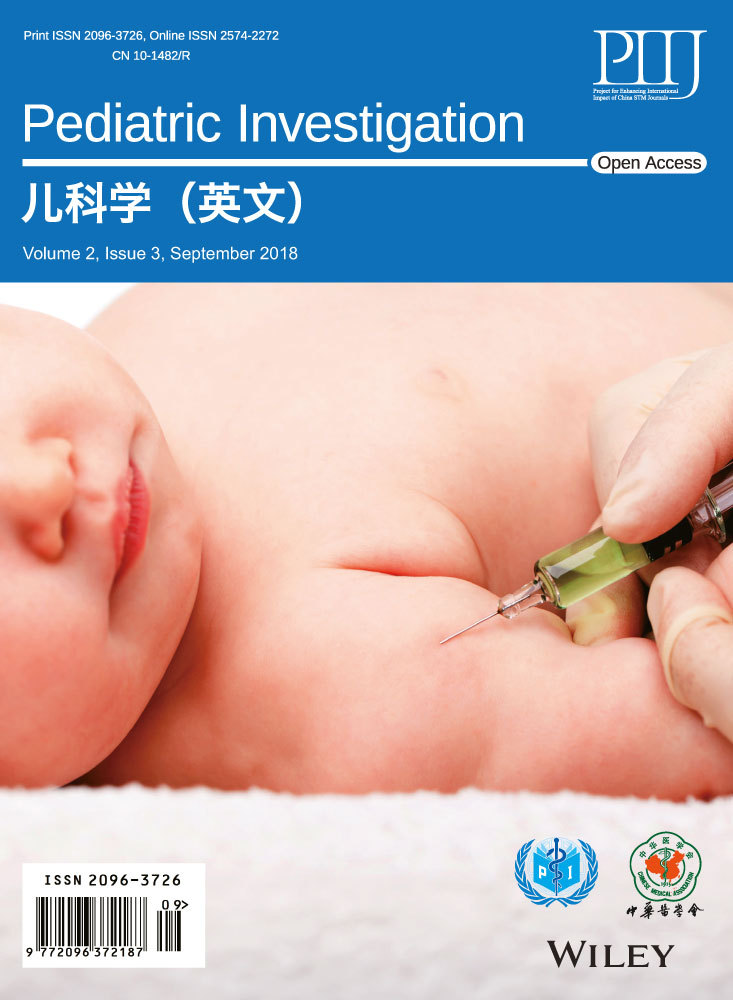Reply to “Causes and manifestation of chylothorax in children”
To the editor:
I would like to thank Bellini and colleagues1 for their thoughtful insight into our previous work.2 The role of the lymphatic system is crucial on the physiological and pathophysiological dynamics of pleural effusion of chylothorax in the newborn. Usually, the precise disorder of lymphatic system was not revealed in the neonatal chylothorax, as almost all the cases had an excellent prognosis without recurrence by conservative treatment, as also shown in our data. However, the seven cases affected by congenital lymphatic malformations diagnosed as generalized lymphatic anomaly (GLA) or diffuse pulmonary lymphangiomatosis (DPL), seem not to be the same entity with chylothorax in the newborn. These cases had onset beyond neonatal period, of them five were school children with a course of a few days to several months. Most of them had recurrent chylous symptoms even after surgical intervention. Children with this condition were reported rarely in the past in China, so it was surprising that seven cases of GLA and DPL in 107 chylothorax cases were identified in our study. It might be under-recognized, as there are only a few general medical institutions in the mainland of China with a surgical department specialized in lymphatic surgery, lymphangiography and lymphoscintigraphy. In a case linked to tuberculosis, I agree with the comment that a pseudochylothorax should be considered, as tuberculosis is a common etiology of pseudochylothorax.3 However, it is rare but tuberculosis also developed chylothorax,4 which may be due to the obstruction of the thoracic duct by tuberculous lymphadenopathy with subsequent increase in pressure in the surrounding lymphatic system and leaking of chyle into the pleural space.5 The case in our study had chylothorax, chylous ascites and chylopericardium, the glucose was 5.12 mmol/L and presence of chylomicrons in pleural effusion. It indicated a chylothorax rather than pseudochylothorax.
As pointed out in the a systematic review conducted by Bellini and colleagues,6 octreotide was effective in 47% of patients, with a slight but not significant difference between congenital (30/ 57; 53.3%) and acquired (9/27; 33.3%) chylothorax (P = 0.10). Octreotide was administered just in four cases in our study, of whom a half had alleviation. The efficiency may be variant among cases according to different underlying etiology for chylothorax. The randomized controlled trials and the inspection for precise etiology are needed in the future.
CONFLICT OF INTEREST
The author has no competing interests.




